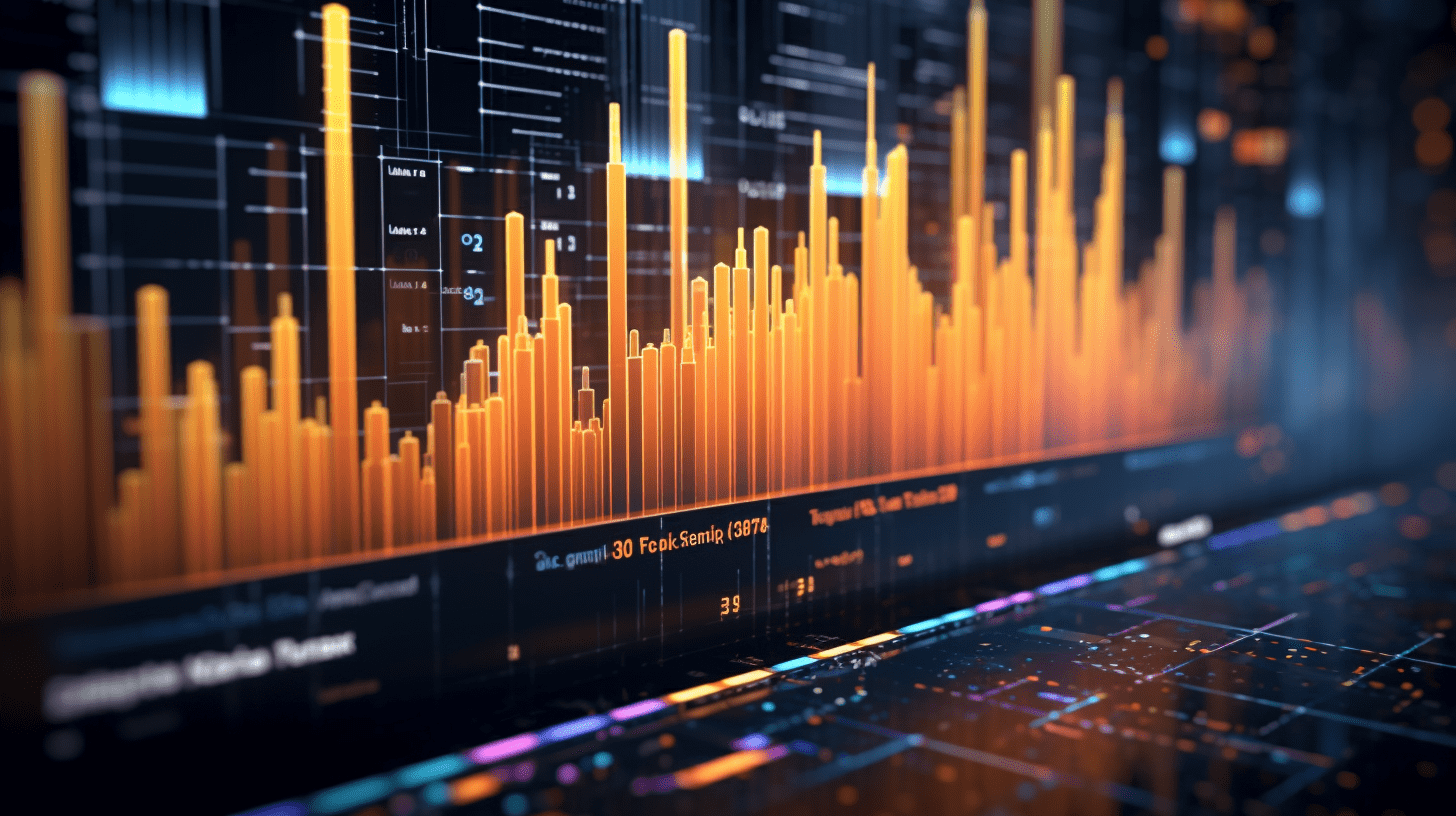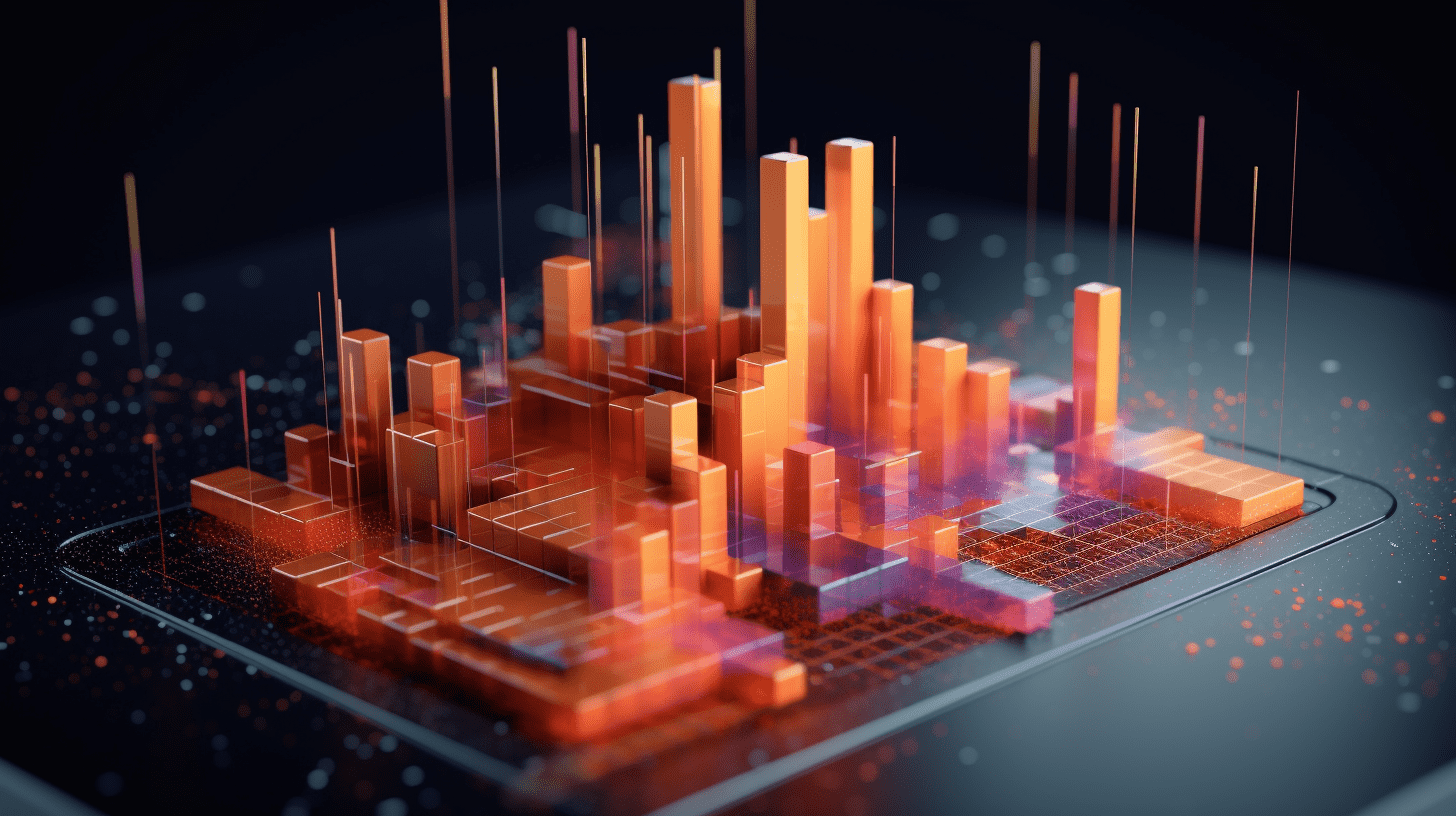IDC FutureScape: Top Ten Predictions for Global Asset Management Technology in 2024
IDC has released the "IDC FutureScape: Top Ten Predictions for Global Asset Management Technology in 2024".
Forecast 1: GenAI Intelligent Robo-Advisors (Gen AI Benefits Robo-Advisory)
By 2025, the utilization rate of Generative AI (Gen AI) in financial health and intelligent robo-advisory platforms will double.
Gen AI enhances effectiveness of constructive interactions with clients by providing relevant, high-return, actionable decisions for the "next best action". These highly personalized hypothetical scenarios (what-if) suggested by Gen AI can not only be applied in areas such as regular document automation, data processing, contract drafting, marketing material generation, but also in enhancing value in areas like holistic investor preferences, developing asset allocation models, creating or investing in research annotations, tax modeling, and trade execution optimization.
Forecast 2: Sovereign Debt on Distributed Ledger Technology (Sovereign Debt on DLT)
By 2025, 5% of countries will issue sovereign debt instruments using distributed ledger blockchain technology.
The ecosystem of digital assets is still rapidly developing, but far from mature. Traditional financial institutions are actively exploring the issuance of digital bonds to stay ahead of emerging blockchain-native competitors. The issuance of digital sovereign debt combined with digital currency technology can provide a clear, real-time understanding to debt holders, transaction flows, and market behavior. Combining legislation with central bank digital currencies (CBDC) could further catalyze the exploration of these technologies. However, due to the extremely decentralized development of encryption financial technology in various countries, this prediction is still a long way from specific scaling implementation.
Forecast 3: GenAI Boosts High-Speed Trading
By 2025, code generation assisted by Generative AI will increase the scale of algorithmic-based high-speed trading by at least 50%.
GenAI helps enhance the ability to identify trading opportunities, uncover potential risks, and quickly validate system predictions. The application of code generation capabilities brings new risk views to high-speed trading businesses, prompting market participants to gain a competitive advantage from rapidly formulating and deploying profitable trading strategies. However, as more market participants adopt Gen AI-assisted decision-making processes, we expect the associated profit margin space to shrink, ultimately leading to competition being determined by who has the most adaptive models and the most relevant training data.
Forecast 4: CMIPs Technology Revenue
By 2026, Capital Market Infrastructure Providers (CMIP) will achieve over 200% revenue growth through a service-based business model.
Capital Market Infrastructure Providers (CMIPs) providing data and technology infrastructure to capital markets can assist core functions such as facilitating and executing trading transactions, post-trade clearing, custody, and settlement workflows, through a "as a service" approach. "As a service" is driving the transformation of the business models in the financial services industry. Integrated market infrastructure providers are particularly suitable for providing compliance services, positioning themselves to help market participants navigate risks and opportunities in a continually changing regulatory environment.
Forecast 5: AI Enhances Alternative Data Use
By 2026, Artificial Intelligence will increase the utilization of alternative market data by 10 times.
For a long time, alternative market data has been a critical factor in differentiating investment strategies, but it was not until recent years, with the increasing capabilities of cognitive technologies like Artificial Intelligence, that synthesizing these data into actionable signals became commercially meaningful. For example, AI is being used by stock traders to evaluate the sentiment of management during earnings conference calls, by commodity traders to analyze satellite images of agricultural regions, and by cryptocurrency traders to automate technical trading strategies, among others.
Forecast 6: M&A Revenue Growth from Cognitive Tech
By 2027, the application of cognitive technology will bring a 25% increase in returns for M&A activities.
Cognitive technology enables the mining and interpretation of structured, unstructured, and alternative data more quickly than traditional methods, allowing for high-value investment decisions that meet investor objectives. For example, due diligence has entered a digital age with the advent of virtual data rooms (VDRs). Artificial Intelligence is now being used to enhance document review, data cross-referencing, business valuations, among other tasks.
Forecast 7: Commercial Bond Platform
By 2027, three-quarters of commercial bond issuances will be accompanied by intelligent pricing functions offered by digital market platforms.
Given the relative complexity of fixed income instrument pricing, intelligent pricing functions assisted by cognitive technologies (including GenAI) will become a standard feature to stay competitive in a market with strong digital business demands. The rise in the utilization of such platforms and the emergence of hybrid new workflows enable meeting needs related to environmental, social, and corporate governance to be practically implemented.
Forecast 8: Regulatory Sandbox Growth
By 2027, the possibility of doubling the number of capital market regulatory sandboxes may lead to widespread application of innovative technologies across the market.
Regulatory authorities should understand the necessity of a digital-first business and encourage new business models that may bring market potential. By providing a platform for innovators to test solutions in a controlled environment without immediately impacting the market, regulatory sandboxes can help foster new technologies to the benefit of all involved stakeholders.The technology of operational transparency and real-time testing environment are used to conduct stress tests on innovative businesses based on existing and proposed regulatory frameworks, providing evidence-based reasons for the formulation of future regulatory rules.Prediction 9: Digital Asset Custody 10x Growth
By 2028, the scale of institutional digital asset custody will grow nearly 10 times.
The rapid rise of crypto assets and tokenized securities, and their acceptance by institutional investors, have triggered a sharp increase in demand for institutional-level custody solutions. Leading custody solutions are typically delivered in platform form, supporting betting, trading, and governance beyond traditional custody services. To date, the size of the digital asset crypto market has approached nearly $500 billion, supported by over 120 service providers.
Prediction 10: Smart Contract Derivatives
By 2029, 95% of the global financial derivatives market will be based on smart contract technology applications.
The International Swaps and Derivatives Association (ISDA) has been actively working in recent years to develop industry standards that are practical and applicable to smart contract technology. By issuing legal guidance on a series of smart derivatives contracts to support the industry in creating regulatory standards for new technology solutions that are "compliant with existing laws and regulations." In IDC's view, this signals that smart contract technology will be applied rapidly and widely across various financial derivative business operations.
Related Articles

HK Stock Market Move | Joinn Laboratories (06127) increased by over 4% with a net profit attributable to the parent company of 80.7061 million yuan in the first three quarters.

HK Stock Market Move | DATANG POWER (00991) is currently down nearly 5%, its subsidiary has acquired a power generation company with negative assets, and impairment restrictions have released performance flexibility.

: Maintains a "hold" rating for Xiabuxiabu (00520) with a target price of 1 Hong Kong dollar.
HK Stock Market Move | Joinn Laboratories (06127) increased by over 4% with a net profit attributable to the parent company of 80.7061 million yuan in the first three quarters.

HK Stock Market Move | DATANG POWER (00991) is currently down nearly 5%, its subsidiary has acquired a power generation company with negative assets, and impairment restrictions have released performance flexibility.

: Maintains a "hold" rating for Xiabuxiabu (00520) with a target price of 1 Hong Kong dollar.

RECOMMEND

First in History: NVIDIA’s Market Capitalization Tops $5 Trillion
30/10/2025

Congressional Budget Office Estimates Government Shutdown Has Cost the U.S. Economy $18 Billion
30/10/2025

Wall Street on China’s Internet Sector: Distinct Investment Opportunities in AI and Gaming; Caution on E‑commerce
30/10/2025


